Scented Sagas: Legendary Ingredients and Their Perfume Lineage
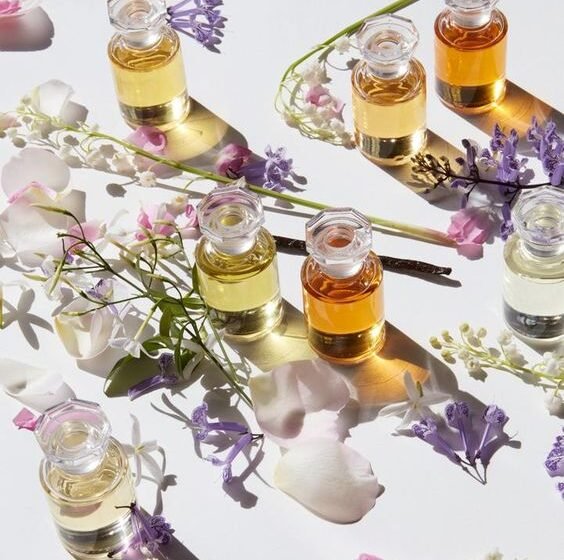
Sandalwood, jasmine, and ambergris are three legendary ingredients that have left an indelible mark on the world of perfumery. Each with its unique history, significance, and allure, these treasures of nature have captivated hearts and minds for millennia. From the sacred rituals of ancient civilizations to the modern laboratories of master perfumers, the journey of sandalwood, jasmine, and ambergris is a testament to the enduring power of fragrance. Let’s delve into the mystique of these iconic ingredients, exploring their origins, cultural significance, and their indispensable role in perfumery.

Sandalwood, an aromatic treasure revered for millennia, holds a unique place in both spiritual rituals and modern perfumery. Its journey from sacred ceremonies to the shelves of high-end fragrance boutiques is a testament to its enduring allure and versatility. Let’s delve into the mystique of sandalwood, uncovering its origins, significance, and its role in the contemporary world of perfumery.
Sandalwood, botanically classified as Santalum album, Santalum spicatum, and Santalum austrocaledonicum, is native to the Asian continent, particularly India and Indonesia. From the dawn of civilization, sandalwood has been intertwined with religious practices, symbolizing purity, tranquility, and spiritual elevation. Its botanical family, Santalaceae, boasts a lineage rich in cultural and historical significance.
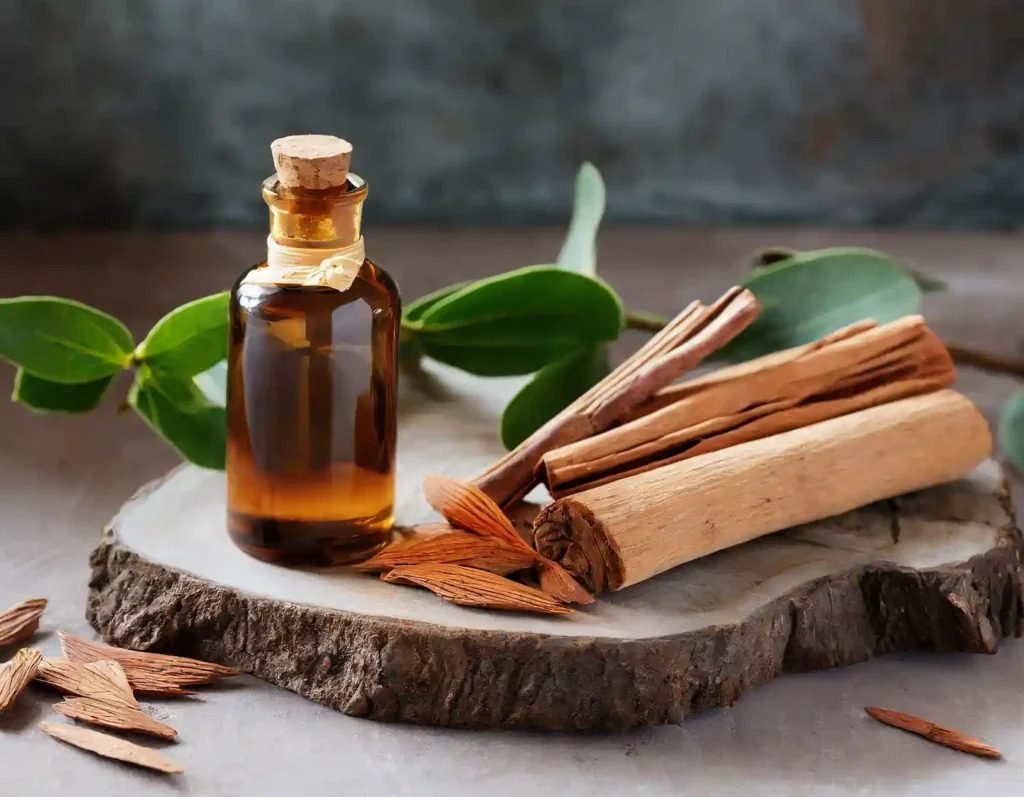
The journey of sandalwood begins with its humble origins as a small tree, typically 5 to 12 meters in height. Its unassuming appearance belies its profound impact, with mature leaves, straw-yellow flowers, and a bark adorned with lichen. Sandalwood’s unique characteristic as a hemi-parasite, drawing sustenance from nearby host plants during its formative years, adds to its mystique.
Throughout history, sandalwood has been a cornerstone of religious ceremonies and cultural practices. Its fragrant essence permeates ancient rituals, from the embalming practices of ancient Egypt to the sacred incense burned during Hindu and Buddhist ceremonies. The smoke of burning sandalwood is believed to purify the spirit and facilitate meditation, while its presence in temples and wedding chests symbolizes auspicious beginnings and spiritual devotion.
Beyond its ceremonial uses, sandalwood finds its way into everyday life, adorning objects, perfuming tobacco, and even serving as a mark of reverence on the foreheads of worshippers. In Ayurvedic and Chinese medicine, sandalwood’s therapeutic properties are harnessed to treat ailments ranging from stomach aches to skin diseases, showcasing its holistic significance.
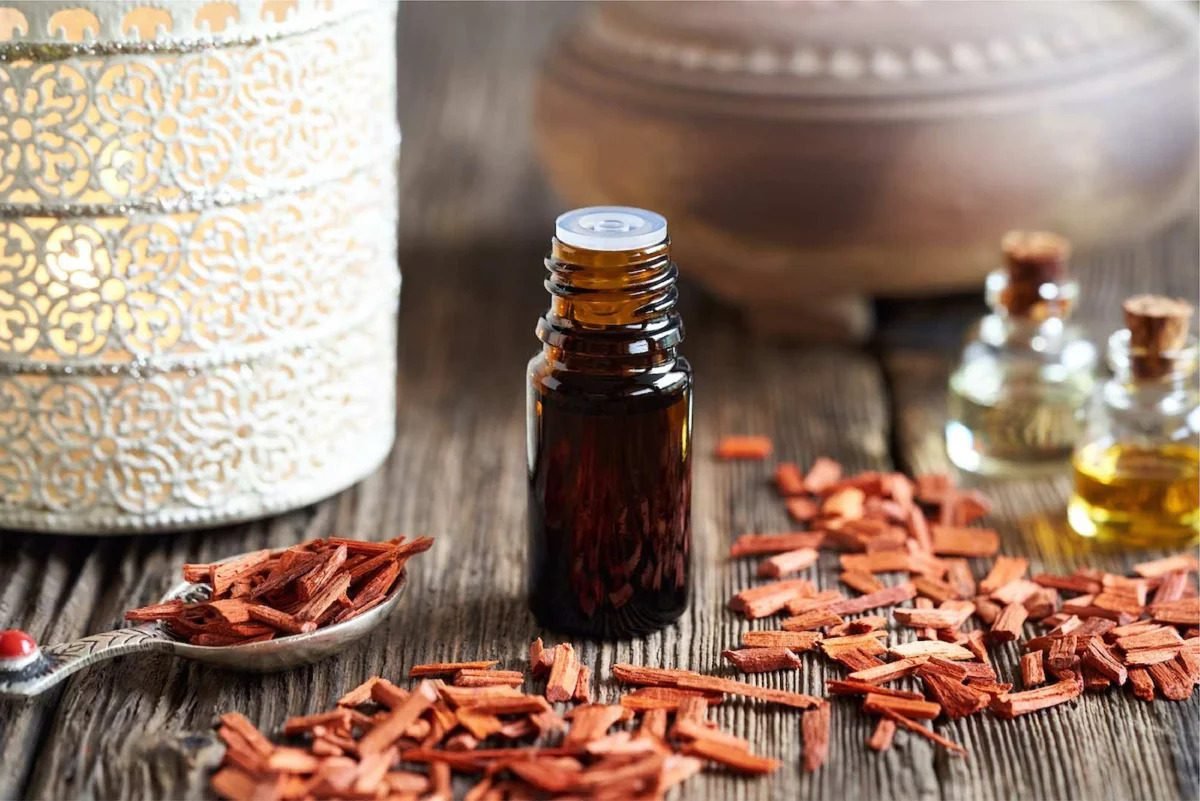
Despite its revered status, sandalwood faces myriad challenges, primarily stemming from overexploitation and habitat loss. The allure of its precious wood has led to rampant illegal logging and smuggling, particularly in regions like India where it was once a royal monopoly. In response, governments and conservationists have implemented stringent regulations and sustainable practices to safeguard dwindling populations.
Australia, emerging as a key player in sandalwood cultivation, has pioneered sustainable plantation methods and innovative extraction techniques. By prioritizing ethical sourcing and conservation, stakeholders aim to preserve this precious resource for future generations while ensuring a stable supply for the fragrance industry.
In the realm of perfumery, sandalwood reigns supreme as a prized ingredient coveted for its creamy, woody aroma and fixative properties. From iconic fragrances like Guerlain’s Samsara to contemporary creations by niche perfumers, sandalwood lends its signature warmth and sophistication to a diverse array of scents. Its versatility transcends traditional gender boundaries, with perfumers harnessing its allure to craft fragrances that evoke both sensuality and serenity.
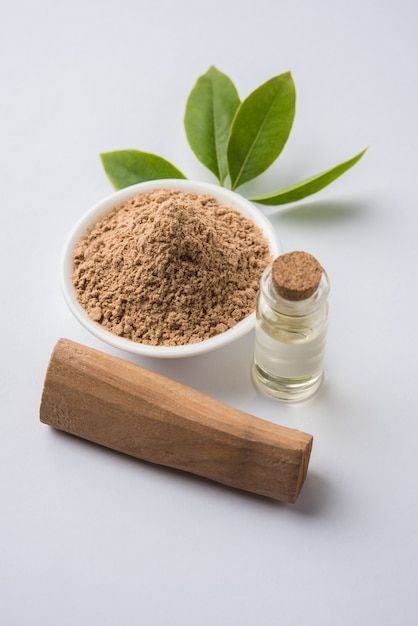
As concerns over sustainability mount, perfumers are turning to synthetic alternatives to mitigate the impact of sandalwood harvesting. Synthetic sandalwood molecules like Sandalore and Ebanol offer comparable olfactory profiles while alleviating pressure on natural resources. However, the quest for sustainability extends beyond ingredient sourcing, encompassing ethical practices and environmental stewardship throughout the fragrance supply chain.
As we navigate an era defined by environmental consciousness and cultural diversity, sandalwood stands as a symbol of resilience and reverence. Its timeless appeal transcends borders and generations, bridging ancient traditions with modern sensibilities. Whether adorning sacred altars or enhancing luxury perfumes, sandalwood continues to captivate hearts and minds, reminding us of the intrinsic connection between nature, culture, and fragrance.
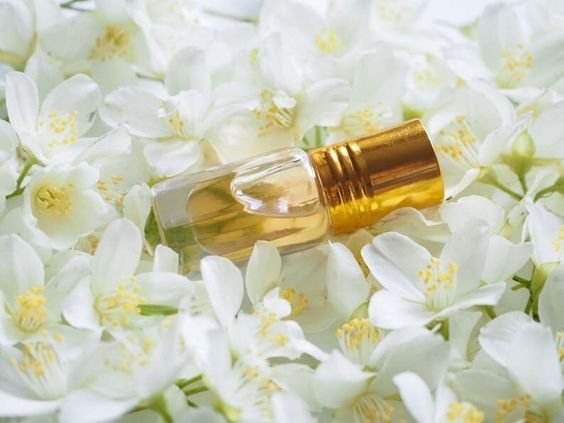
Another legendary ingredient used in perfumery is the jasmine flower. The word “jasmine” exudes a mystical aura, resonating with echoes of ancient cultures and divine offerings. Derived from the Persian word “yasamin,” it translates to “gift from God.” Such a profound etymology befits the essence of this exquisite flower, often hailed as the “king of flowers” for its unrivaled elegance, beauty, and captivating fragrance.
Jasmine’s narrative unfurls against the backdrop of ancient Asia, where it first took root around 2,000 years ago in the fertile soils of Persia. Revered in India and China, it transcended mere ornamentation, finding utility in perfumery, medicine, and as a symbol of beauty. Its journey to Europe traced the footsteps of trade routes, gracing royal gardens and parks during the Middle Ages before enchanting the olfactory senses of France in the 17th century, solidifying its status as a fragrant emblem of sophistication.
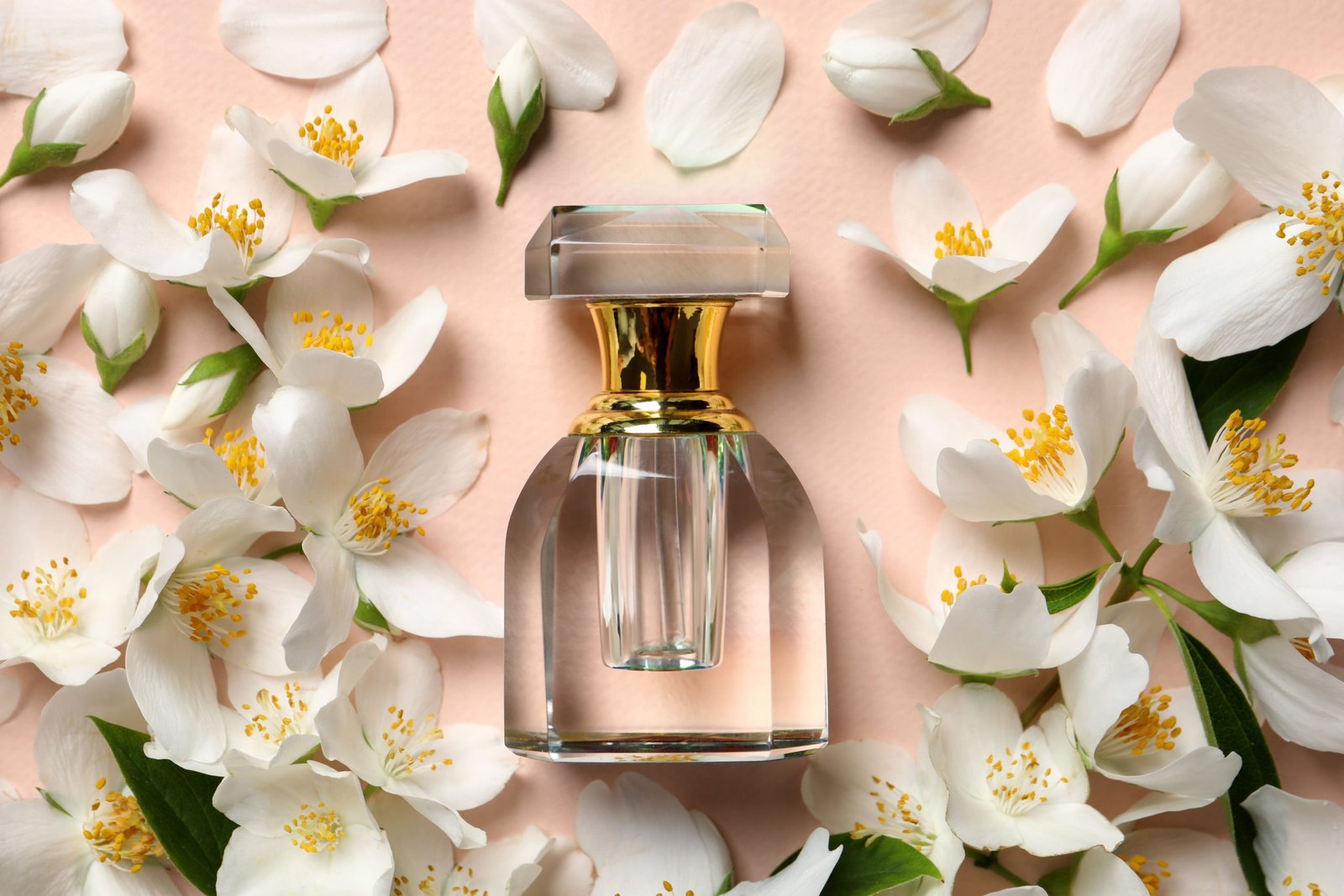
A climbing plant of unparalleled grace, jasmine reaches for the skies, its dark green leaves cradling delicate white or yellow flowers imbued with an intoxicating sweetness. Cultivated predominantly in regions with warm, humid climates, such as the illustrious town of Grasse in France, jasmine thrives under careful tending. Regular watering, nutrient-rich soil, and meticulous pruning are the hallmarks of its cultivation, ensuring each blossom embodies the essence of divine perfection.
Within the vast tapestry of perfumery, various species of jasmine paint unique olfactory portraits. Jasminum Grandiflorum, the Spanish jasmine is renowned for its soft, sensual allure. Jasminum Sambac is the Arabian jasmine, exuding an exhilarating, exotic aroma. Jasminum Officinale, the common jasmine, is sweet and slightly spicy in fragrance. Jasminum Auriculatum is the Indian jasmine, weaving warm, oriental nuances into compositions. Finally, Jasminum Fluminense, the Brazilian jasmine, offers a fresh, fruity-green fragrance.

Within the jasmine family’s expanse of over 200 species, two luminaries emerge: Jasminum Grandiflorum and Sambac Jasmine. The former, known as ‘big-flowered jasmine,’ finds its home in Grasse, where Chanel tends to fields ripe with its blossoms. Sambac Jasmine, with its aliases of Tuscan and Arabian jasmine, exudes its enchanting fragrance across eastern India and the southern Himalayas. From these distant lands to the perfumed gardens of France and Morocco, jasmine’s allure knows no bounds.
Beyond its ethereal scent, jasmine unveils a trove of benefits for health and well-being. Revered in aromatherapy for its calming properties, it serves as a balm for stress and anxiety. Its aphrodisiac allure adds a touch of sensuality, while its presence in cosmetics bestows moisturizing and anti-aging virtues, enriching creams and serums with its nourishing essence.
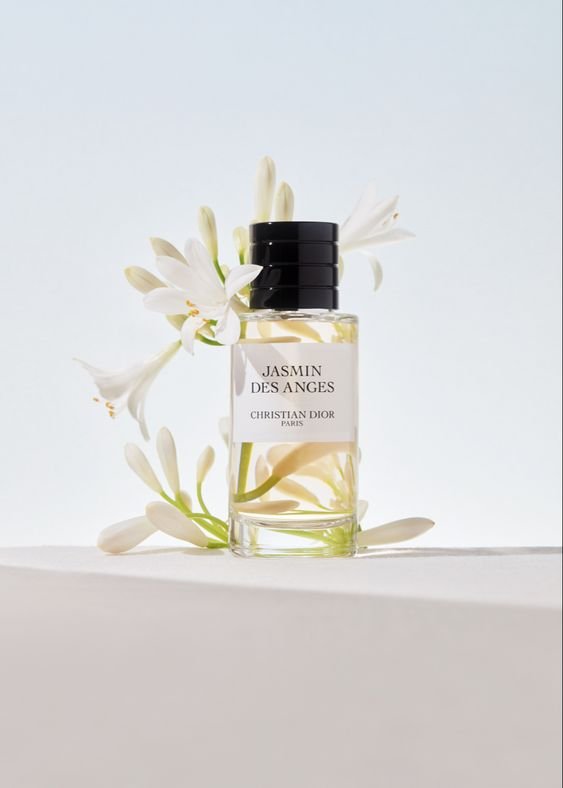
Perfumers, artisans of olfactory alchemy, blend jasmine’s intoxicating notes with precision, crafting harmonious compositions that captivate the senses. Floral, soft, and sweet, jasmine’s allure, too, like sandalwood, transcends gender, adorning both men’s and women’s fragrances with an aura of sophistication and allure.
Among the myriad perfumes that pay homage to jasmine’s timeless allure, several stand out, such as, Jasmin des Anges by Dior, a delicate blend of jasmine, apricot, and fruity notes, evoking angelic sweetness. Jasmin Rouge by Tom Ford, a bold, spicy composition that captures jasmine’s seductive charm. Splendida Jasmin Noir by BVLGARI, a modern interpretation of jasmine’s dark sensuality, infused with mandarin blossom. Mon Paris by Yves Saint Laurent, a captivating blend of jasmine, strawberry, and peony, offering a modern twist on classic allure. Jasmine 17 by Le Labo, a sophisticated scent journey, blending citrusy top notes with a rich floral heart dominated by jasmine.
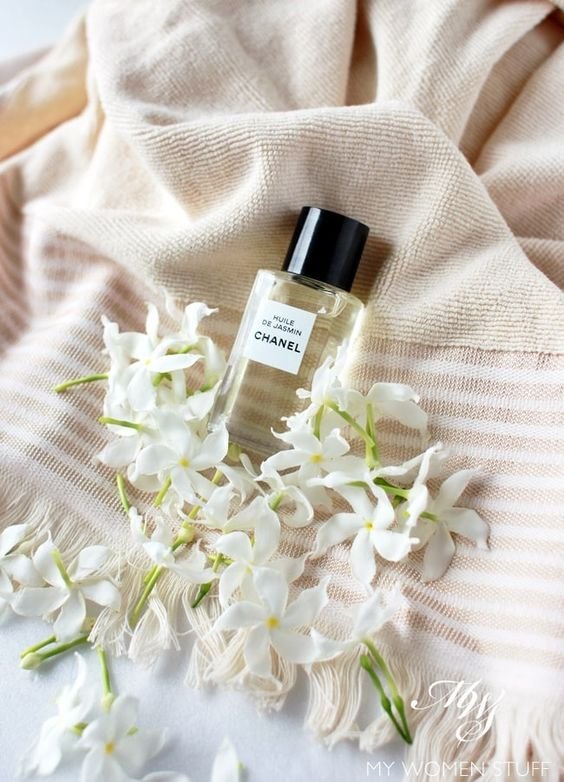
In the symphony of perfumery, jasmine’s fragrance is an eternal ode to nature’s divine artistry. As we inhale its ethereal essence, we embark on a sensory voyage, guided by the whispers of ancient cultures and the promise of timeless beauty.
This illustrious bloom stands as the cornerstone of perfumery, its fragrant tendrils weaving through countless scents, each offering a unique tale of seduction and allure. Among them, jasmine’s essence is entwined with tales of opulence and mystique. But within the realm of jasmine, there exists a world of diversity and complexity, where every petal holds a secret waiting to be unraveled.
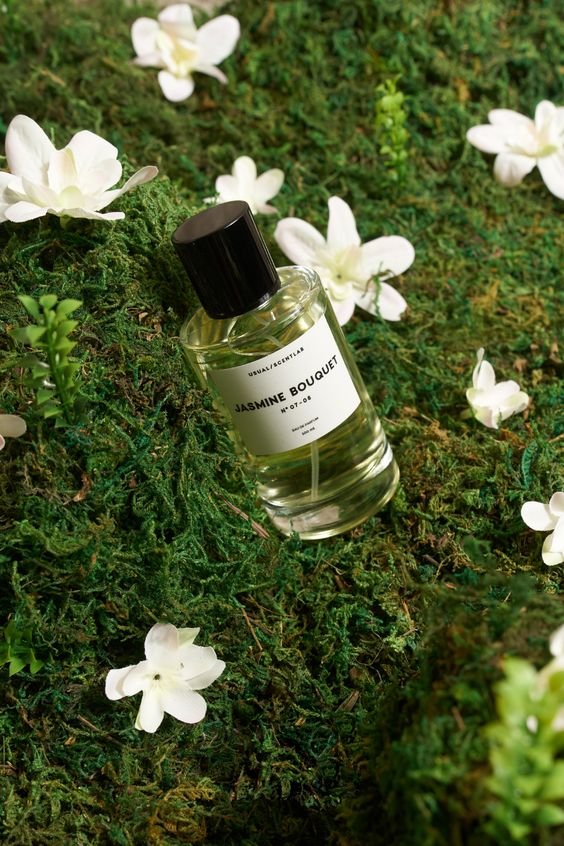
The journey of jasmine begins at dawn’s first light, where skilled hands delicately pluck each fragile blossom, ensuring its pristine beauty remains untarnished. In Grasse, where jasmine’s essence is guarded like a precious secret, perfumers oversee the harvest, their fields yielding only to the most meticulous care. With each flower carefully gathered, the stage is set for the alchemy of perfumery to begin.
Once harvested, jasmine’s essence is coaxed forth through an intricate process, where petals surrender their fragrant secrets to become the prized absolute. While enfleurage, with its romantic allure, once held sway, modern perfumery favors the volatile solvent extraction method. Through meticulous craftsmanship, jasmine’s essence is refined, its intoxicating aroma preserved in every drop of the precious oil.
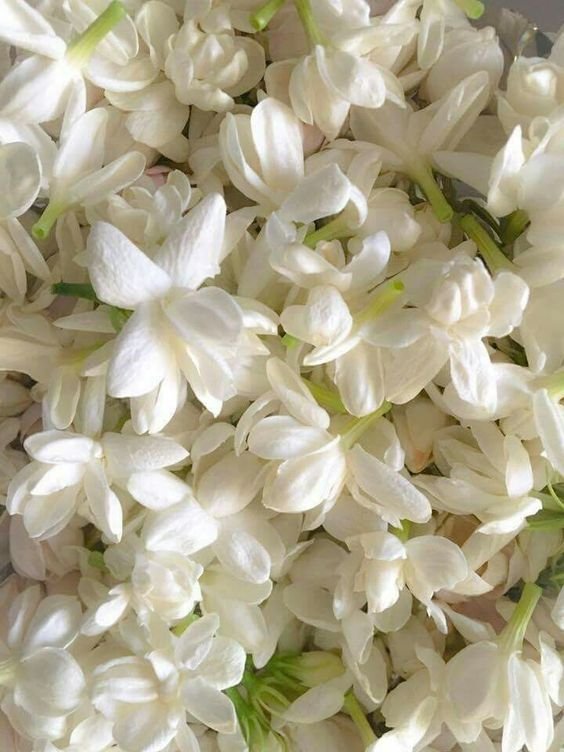
From ancient rituals to modern perfumery, jasmine’s legacy is woven deep into the fabric of human history. Whether adorning deities in India or gracing the boulevards of Paris, its heady fragrance transcends time and culture. Today, jasmine continues to inspire perfumers and artisans alike, its essence infusing everything from scented candles to delicate pastries with its timeless allure.
In the world of perfumery, jasmine’s delicate blooms hold within them the promise of seduction and romance. As the sun sets and the night blooms, jasmine’s perfume lingers in the air, a whispered invitation to surrender to its intoxicating embrace.
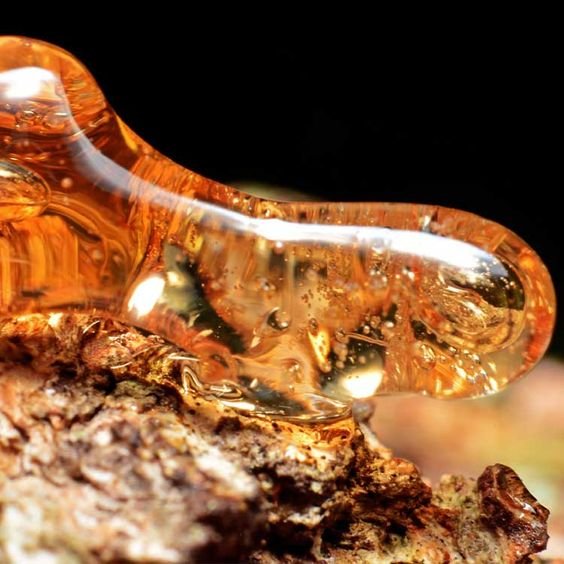
Further in the realm of perfumery, there exists a substance both mysterious and coveted, revered as “the treasure of the sea” and “floating gold.” This enigmatic material is none other than ambergris, a rare and precious secretion produced within the intestines of the sperm whale. As it journeys from the depths of the ocean to the shores of distant beaches, ambergris weaves a tale of intrigue and fascination, captivating the senses with its unique aroma and storied history.
Ambergris begins its journey as a protective mechanism within the sperm whale’s digestive system, where it forms around sharp, indigestible objects such as the beaks of cuttlefish and squid. This pumice-like substance acts as a shield against irritation, gradually transforming into a resinous mass as it travels through the whale’s gut. While the precise process of its formation remains a mystery, one thing is certain: ambergris is a testament to nature’s ingenuity and resilience.
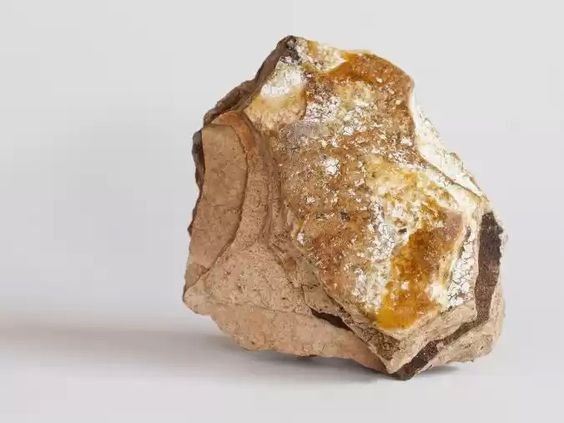
Throughout history, ambergris has held a place of reverence in various cultures and civilizations. Early Arab civilizations knew it as Anbar, utilizing it as incense, aphrodisiac, and medicine for ailments of the mind, heart, and senses. Its use in perfumery dates back more than 1.75 million years, with ossified evidence revealing its presence in ancient rituals and ceremonies. From the bustling markets of ancient Arabia to the courts of medieval Europe, ambergris captivated the imaginations of poets, merchants, and perfumers alike.
In the world of perfumery, ambergris is a powerful fixative, anchoring fragrances with its musky, marine-like aroma. Chemically, it is a complex amalgam of alkaloids, acids, and the odorous compound ambrein, which lends it its distinctive character. Perfumers prize its ability to enhance and elevate other olfactory notes, adding depth and longevity to fragrances. Despite its prohibitive cost, the allure of ambergris persists, inspiring perfumers to create timeless scents imbued with its ineffable charm.
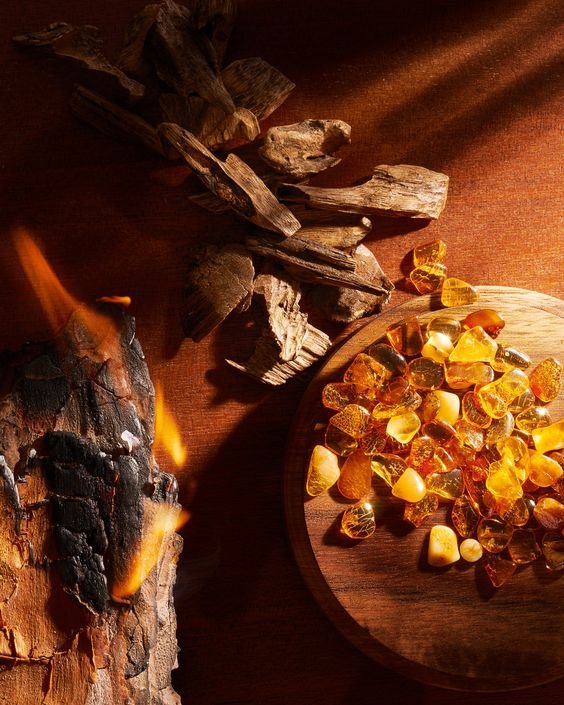
With the decline of the whaling industry and increased environmental awareness, the use of natural ambergris has become increasingly rare. Synthetic alternatives have replaced ambrein in all but the most exclusive perfumes, offering a more ethical and sustainable option for perfumers. Yet, the allure of authentic ambergris remains, a symbol of luxury and sophistication in an ever-changing world.
As ambergris continues to captivate the senses of perfumers and connoisseurs alike, its legacy endures as a symbol of elegance, intrigue, and timeless allure. From the ancient rituals of distant civilizations to the modern laboratories of master perfumers, ambergris remains a testament to the enduring power of nature’s most precious treasures. In a world where the quest for beauty and luxury knows no bounds, ambergris stands as a beacon of fragrant splendor, a testament to the enduring allure of the sea’s most elusive treasure.

As we celebrate the enduring legacies of sandalwood, jasmine, and ambergris, we are reminded of the profound connections between nature, culture, and fragrance. From the aromatic temples of India to the fragrant gardens of Grasse, these timeless ingredients continue to inspire perfumers and artisans alike, weaving tales of opulence, mystique, and allure.


